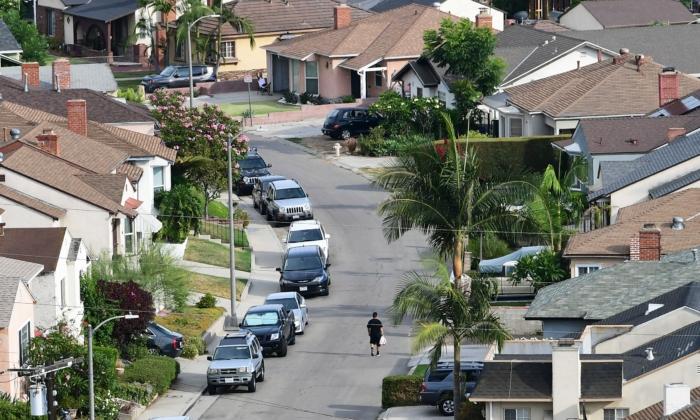Californians are falling behind on their bills amid the highest per capita debt levels since 2008, according to debt statistics by the Federal Reserve Bank of New York in its most recent Quarterly Report on Household Debt and Credit.
Furthermore, a rising number of Californians were falling behind on said debt. New York Fed numbers show that 3.25 percent of Californians fell 30 days late on debt repayment in the fourth quarter—a nine-year high. That’s the highest level since 2016’s first quarter. The U.S. average for this metric was even higher, at 4.14 percent.
Joel Kotkin, executive director at Chapman University Center for Demographics and Policy, said that while households in other states also struggle with bills, California’s debt numbers may be high due to the cost of living.
“The pressures may be greater due to high costs,” he told The Epoch Times.
Bad habits plus a mediocre economy, he said, could mean more Californians will opt to rent instead of buy, or go into further debt to buy a home.
“They won’t be buying houses as much as elsewhere, but if they do, their debts will be enormous,” Kotkin said.
Household debt is not only on the rise in California. The New York Fed numbers show that nationwide household debt increased by $93 billion to reach $18.04 trillion in the fourth quarter of 2024. Furthermore, mortgage balances nationwide increased by $11 billion in the third quarter to $12.61 trillion at the end of the fourth quarter.
Auto loan, credit card, and home equity lines of credit delinquencies slightly increased in 2024. Auto loans, in particular, saw an $11 billion increase to $1.66 trillion in the fourth quarter. Credit card balances, meanwhile, increased $45 billion in the fourth quarter for a total of $1.21 trillion at the end of last year.







